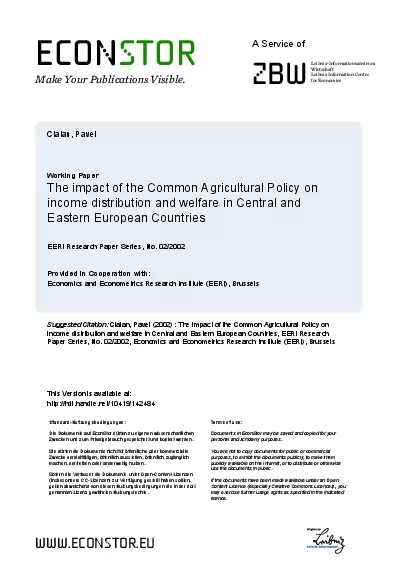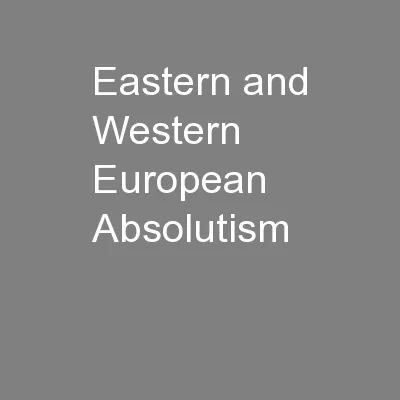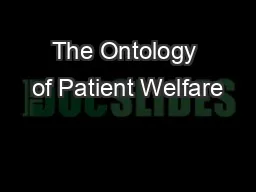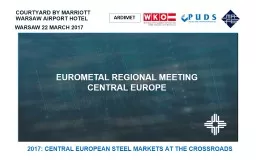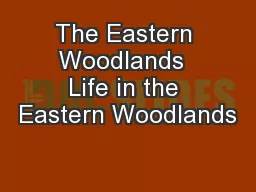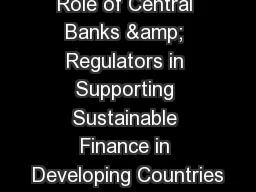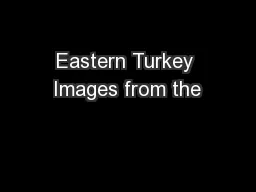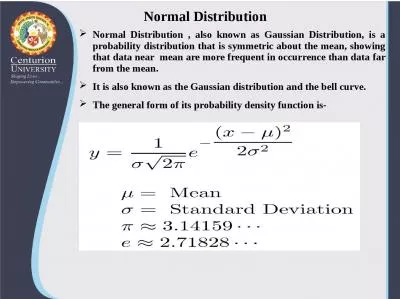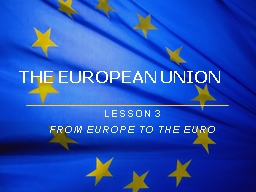PDF-distribution and welfare in Central and Eastern European Countries Pav
Author : susan2 | Published Date : 2021-08-09
In this paper we develop a partial equilibrium model for agricultural sector to assess the impact of CEE integration with the EU on welfare and income distribution
Presentation Embed Code
Download Presentation
Download Presentation The PPT/PDF document "distribution and welfare in Central and ..." is the property of its rightful owner. Permission is granted to download and print the materials on this website for personal, non-commercial use only, and to display it on your personal computer provided you do not modify the materials and that you retain all copyright notices contained in the materials. By downloading content from our website, you accept the terms of this agreement.
distribution and welfare in Central and Eastern European Countries Pav: Transcript
Download Rules Of Document
"distribution and welfare in Central and Eastern European Countries Pav"The content belongs to its owner. You may download and print it for personal use, without modification, and keep all copyright notices. By downloading, you agree to these terms.
Related Documents

